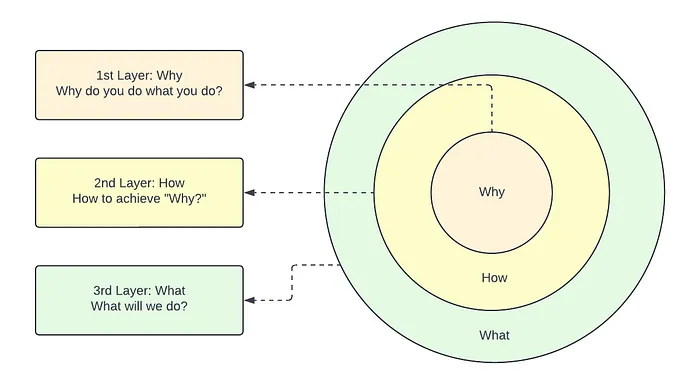
Why Hiring the High-Performance Product Owner Doesn’t Work in Most Cases. Do This Instead.
While working as a software engineer in Japan, I worked and studied hard to improve my technical skills. I believed technological skills contribute to a project’s success. Most of my colleagues and project managers also thought the same way. However, what I found was a stack of project failures while extreme and chronic overtime working. As we don’t see any Japanese apps and software used globally, Japan is so weak in software development.
When I started working overseas and saw Scrum for the first time, I was highly impressed and, at the same time, regretted, ‘Why didn’t I know this?’ If I had known Scrum, I could have saved a lot of time and projects in Japan. Since that time, I have worked as a Scrum Master/Agile coach to save software projects.
In software development, a product owner is a critical role because her responsibility is to maximize product value through informed decision-making. She is also called the CEO of the product. Therefore, she sways the destiny of the product.
However, I found many companies try to hire seasoned product owners from outside of the company, and it doesn’t work in most cases. In this article, I will explain why it doesn’t work and what you should do instead based on my in-depth research and experience.
- Why is the product owner critical?
- Why ‘Hiring’ the product owner doesn’t work?
- Develop product owners internally
- 4 interpersonal skills of servant leadership
- 7 levels of delegation
Why Hiring High-Performance Developers is the Biggest Mistake for ROI. Do This Instead.
When I was working as a software engineer in Japan, I saw numerous smart and talented software engineers. They were…
Why is the product owner critical?
First, I will explain why the product owner is critical in software development. The product owner is defined as one of the three roles (the product owner, the scrum master, and developers) by Scrum. She is accountable for maximizing the value of a product through informed decision-making. She also needs to organize a product backlog and clarify requirements.
According to a two-year Deloitte study, no single factor has more impact on performance than “clearly defined goals that are written down and shared freely. . . . Goals create alignment, clarity, and job satisfaction.” Therefore, the product owner is most critical in order to achieve great performance.
Simon Sinek coined Golden Circle in his international best-selling book “Start With Why.” Golden Circle explains what separates influential companies, leaders, and products from the rest of others with three layers.

Golden Circle
The first layer is Why which is centered in the above diagram. Influential companies, leaders, and products clarify why they exist, which is generally called vision and mission in business terms. This is exactly what the product owner is responsible for.
For example, Google’s mission is “to organize the world’s information and make it universally accessible and useful.” Based on this mission, they consistently created Google Search Engine, Google Drive, Google Maps, Gmail, Google Calendar, etc. All of Google’s products started with Why. If they started with What, their products would be inconsistent and influential.

Google’s Products and Golden Circle
The second layer is How, which describes how to achieve Why effectively and efficiently. In Scrum, the scrum master/Agile coach takes responsibility for teaching and coaching the team.
I have heard “Scrum Master is useless” so many times. Yes, to be honest, you can make products without the Scrum Master and even the product owner. However, you may unknowingly lose opportunities to progress 100 times or faster and highly likely fail in projects. If the Scrum Master and the product owner are really useless, they don’t exist.
Too busy to Improve
The third layer is what, which is the result of the Why and How. These are the products, services, and functions that developers work on. One of the biggest reasons for product failure is to start with What. For example, “Now AI is the trend, so we need to develop AI products, too!” 99% of companies just follow the trend and imitate what others are doing.
In 2019, Bitcoin and blockchain boomed, and I worked for a blockchain company. I didn’t understand the importance of Why, like the rest of others, and the company doesn’t exist anymore.
Why Hiring High-Performance Developers is the Biggest Mistake for ROI. Do This Instead.
When I was working as a software engineer in Japan, I saw numerous smart and talented software engineers. They were…
Why Hiring the product owner doesn’t work?
The authors of “Professional Product Owner” surveyed the necessary skills of the product owner and found three skills are critical: domain knowledge, communication, and organization.
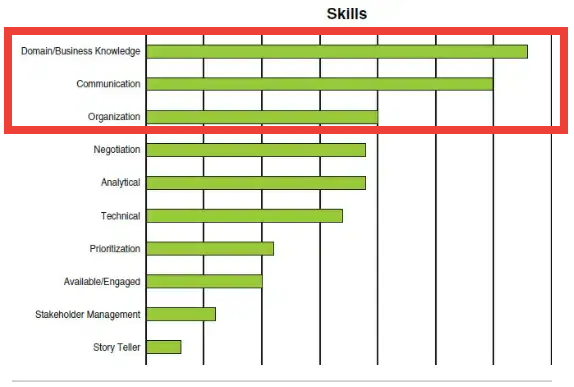
Skills as the product owner
The product owner must have in-depth domain knowledge. This is the most difficult part because it is unique and varies significantly among products. Successful products are usually in a niche and have unique perspectives. For example, my former project was the Avatar app, which was used for customer service at a variety of places, such as cashiers at convenience stores and at the reception at companies. It was used not only in the retail industry but also in a wide variety of industries.
The second skill is communication skills. For informed decision-making, the product owner needs to hear and collect opinions from clients and stakeholders. When the schedule is too tight, or trouble happens, she must listen to developers and negotiate with stakeholders.
The third skill is organization. It mainly refers to product backlog management skills. The product backlog is the central artifact that consolidates all information related to the product, such as requirements, estimation, communication, priority, etc. The product owner is accountable for organizing it and clarifying what to do through it. Since the product backlog is the reflection of the actual product, you can’t expect a great product without a well-organized product backlog.
Why I Spend Most of My Time on Defining Requirements. And How to Do It.
In 2019, in the middle of the booming of Bitcoin and blockchain, I worked at a blockchain company in HCMC, Vietnam…
Overview of Agile Product Backlog Hierarchy
What is the Product Backlog? (Overview)
The reason why hiring the product owner doesn't work is that it is (almost) impossible to find a person who already possesses these three skills. As mentioned earlier, domain knowledge is usually unique and takes time to be acquired. Product backlog management skills also need to be learned under the instruction of a Scrum Master/Agile coach. It is not practical to hire a product owner who possesses all these skills from outside the team or organization.
Develop product owners internally
Instead of hiring the product owner from outside, nurture them internally. John C. Maxwell, the author of The 21 Irrefutable Laws of Leadership, says, “If you grow a leader, you can grow the organization. If you don’t, you can’t. A company cannot grow throughout until its leaders grow within.” As the product owner sets product vision, makes decisions, and is courageous to take risks, she must take strong leadership.
How to nurture the product owner as fast as possible
There are several ways to nurture the product owner. I will explain two of my favorite strategies.
The first is the four interpersonal skills of servant leadership: teaching, mentoring, coaching, and facilitating. Servant leadership is one of the leadership philosophies in which the leader serves the team and helps them grow rather than ordering in a command-and-control manner. Servant leadership is practiced in many leading companies such as Toyota and Mckinsey.
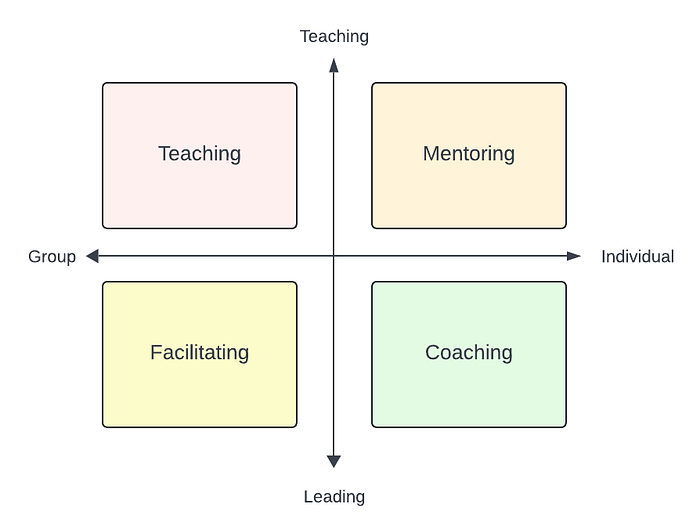
- Servant leaders teach best practices and how to work in the organization based on his or her in-depth knowledge and experience. Servant leaders usually have more experience and knowledge, so they can teach others.
- Mentoring is a reciprocal relationship between mentor and mentee for the mentee’s growth. The mentor builds a trustful relationship and gives advice that comes from her experience to the mentee when the mentee needs help. Mentoring is usually a one-to-one conversation because the conversation may contain sensitive matters.
- Coaching fundamentally differs from teaching and mentoring because it does not provide direct answers or advice. Instead, it empowers the coachee to tap into their own knowledge and potential. The coaching philosophy is rooted in the belief that the coachee often holds the best solution to their situation but may not be aware of it. The coach’s role is to practice active listening and ask powerful questions, guiding the coachee to uncover insights they may have overlooked and unlock their potential.
- Servant leaders facilitate meetings in order to encourage discussion, collaboration, and decision-making. When facilitating, servant leaders must stay neutral and avoid being partial and making decisions. A great facilitator lets others decide. Another important role of the facilitator is to navigate the conflicts. Conflicts naturally occur in the organization because everyone has their own interest and opinions. However, if the conflicts are not navigated at the early stage, they grow to unmanageable levels.
7 Levels of Delegation
Seven levels of delegation, coined by Jurgen Appelo, the author of “Management 3.0: Leading Agile Developers, Developing Agile Leaders (Addison-Wesley Signature Series (Cohn)) 1st Edition,” describes how the delegation process goes. The model clarifies the autonomy status of teams and the direction of what to do for a higher delegation level.

- Tell: I will decide and tell the team what to do.
- Sell: I will convince (sell) my decision to the team.
- Consult: I will consult with the team and decide.
- Agree: I will work with the team to make a decision together.
- Advise: I will advise the team, but they will make a decision.
- Inquire: The team will decide, and I will inquire later.
- Delegate: I will be just informed, and the team will make a decision.
The level of delegation does not grow naturally because it requires constant feedback and education. I have seen many managers frustratedly saying, “Don’t ask me such a tiny thing” or “Why didn’t you ask me such an important thing?” without recognizing the necessity of feedback and education. In Agile, leaders (Product Owners, Scrum Masters, Agile coaches) never go that way and are dedicated to coaching and supporting teams.
PDCA (Plan, Do, Check, Action), the foundation of all business activities, is the best way to provide feedback and education. In Scrum, PDCA is practiced through Sprint events: Sprint, Sprint Planning, Daily Scrum, Sprint Review, and Sprint Retrospective.
A team makes decisions about what to do for Sprint at Sprint Planning, checks progress at Daily Scrum, reviews the outcome at Sprint Review, and discusses improvement at Sprint Retrospective. When you have one week of Sprint, this feedback process happens on a weekly basis, and the team continuously learns what is right and wrong.
No. 1 Principle That Significantly Improves All Types of Software Projects
When I started my career as a software engineer in Japan, I was told by my seniors (Senpai) that software projects are…
Summary
- The product owner is critical in a software project because she is the single decision-maker and responsible for a product. The most important role of the product owner is to clarify why the product exits, which is generally called product vision or mission.
- Golden Circle, coined by Simon Sinek, illustrates how influential leaders, products, and companies are different from the rest of others with three layers. Influential leaders start with why, while others start with what. For example, Google’s mission is “to organize the world’s information and make it universally accessible and useful.” The rest of the others start like, “AI is a trend, so we have to make AI products, too”
- Hiring seasoned product owners from outside of the company usually doesn’t work because it’s (almost) impossible to find people who possess domain knowledge, excellent communication skills, and product backlog management skills.
- Rather than finding a product owner externally, you should nurture product owners internally. If you don’t have a system to nurture leadership internally, you can’t grow your organization.
- Four interpersonal skills of servant leadership, which are teaching, mentoring, coaching, and facilitating, are one of the most effective ways to nurture product owners.
- Seven levels of delegation with the PDCA cycle are also effective ways because they give feedback and an educational cycle. In Scrumthe, the PDCA cycle is conducted with Sprint events: Sprint, Sprint Planning, Daily Scrum, Sprint Review, and Sprint Retrospective.
Any feedback?
If you have any questions, thoughts, or feedback, don’t hesitate to leave comments here. Your feedback matters for more valuable articles for readers.
Disclosure
This post may contain affiliate links. This means we may earn a commission if you click on a link and make a purchase at no additional cost to you. Thank you for your support!



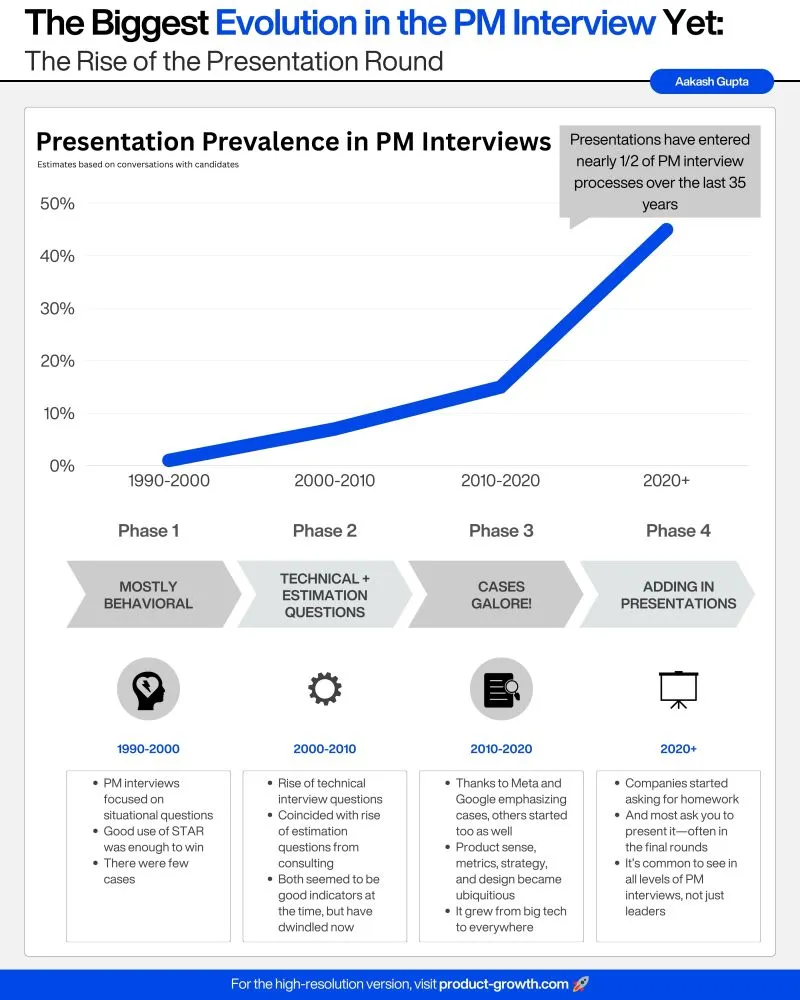
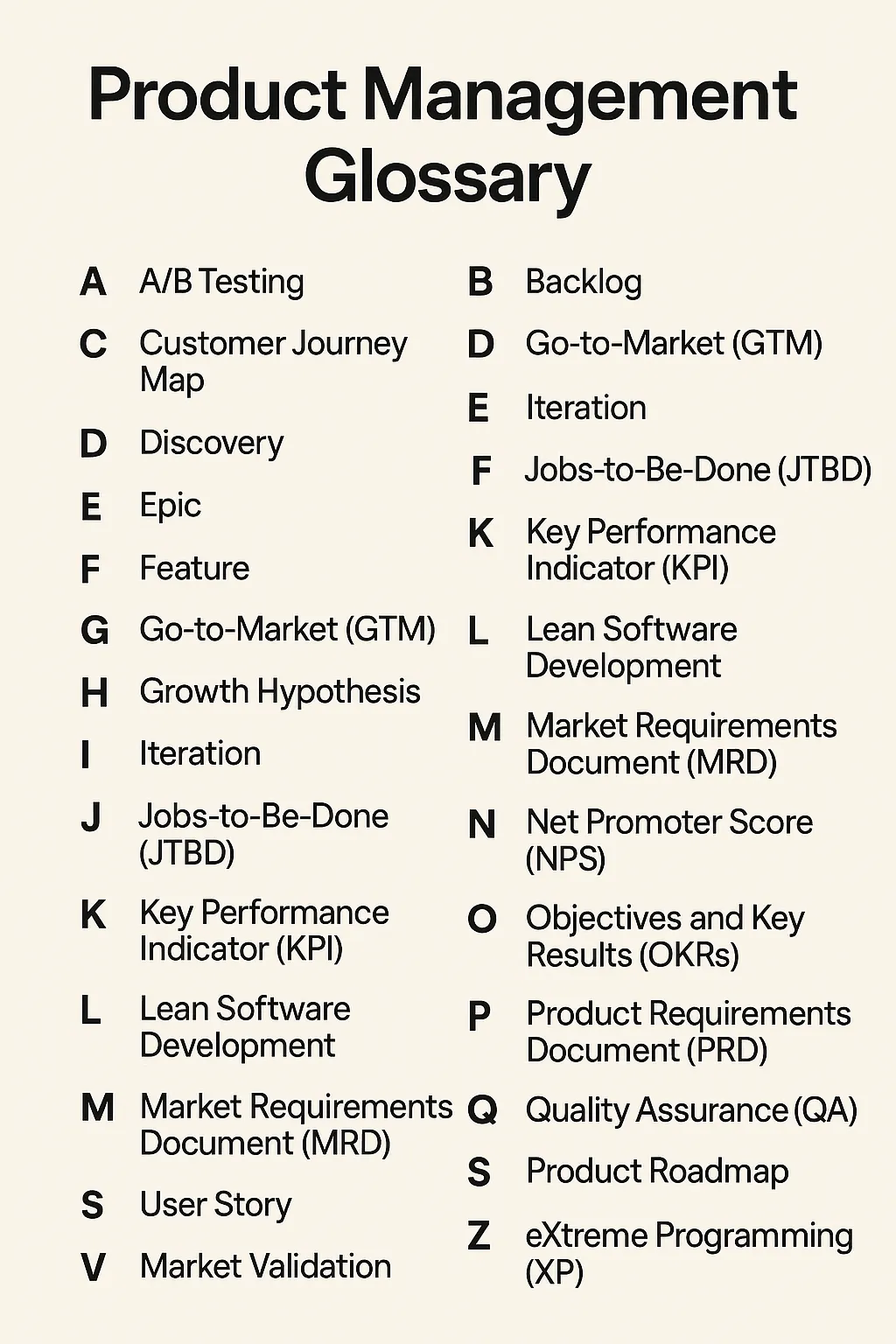

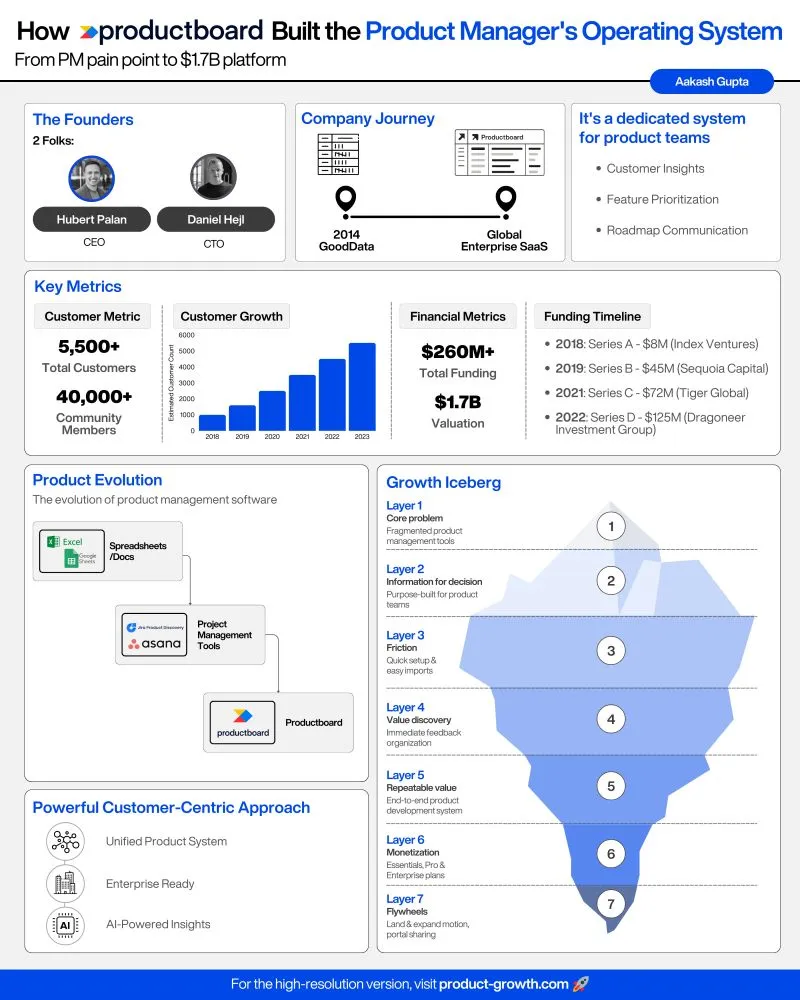


Comments ...
No Comments Yet ...Add One